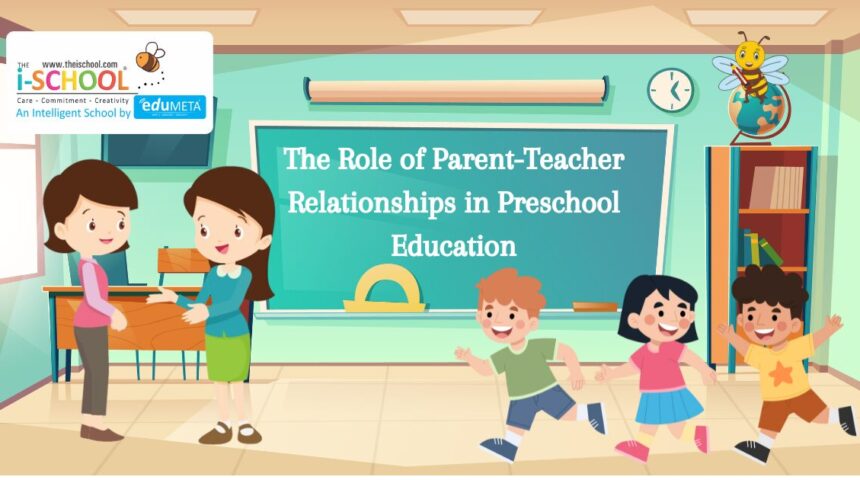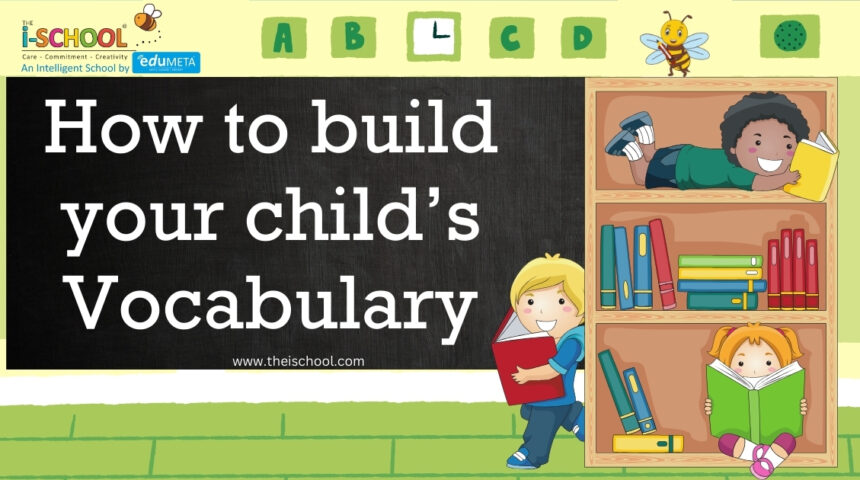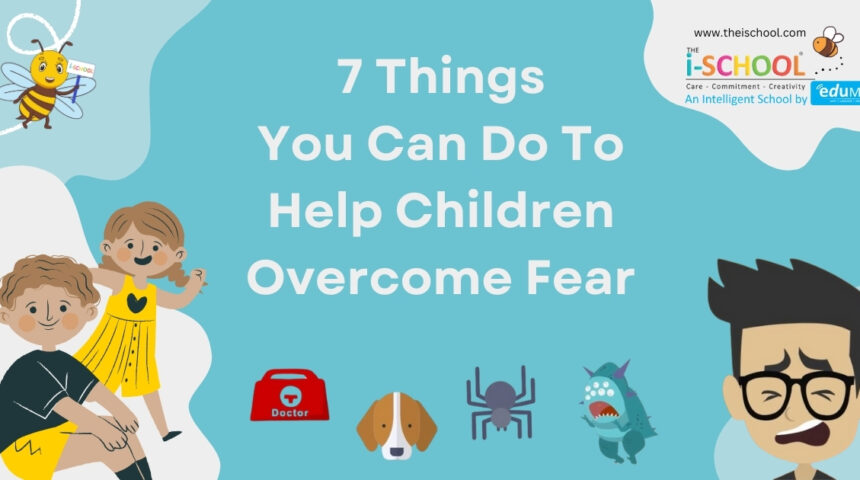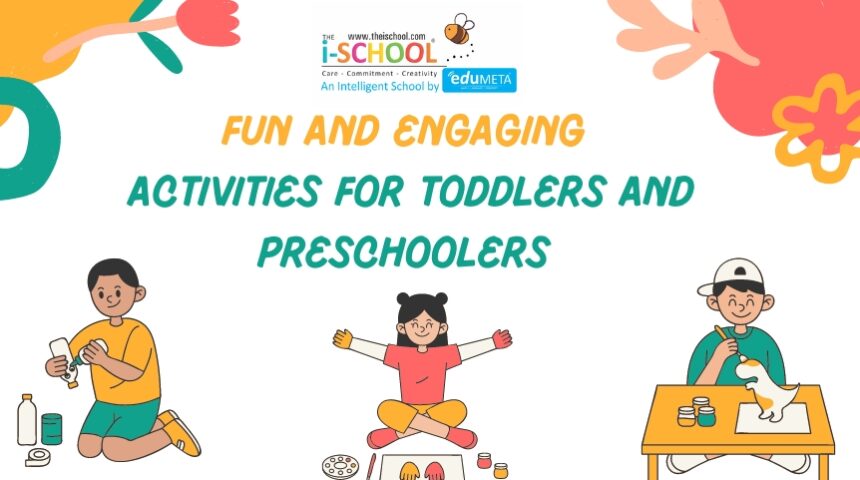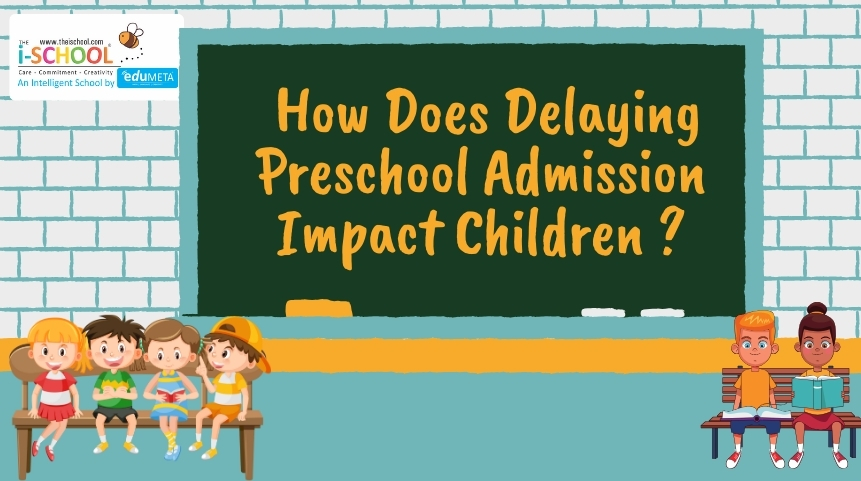Balancing Work And Parenting , Tips For Working Parents
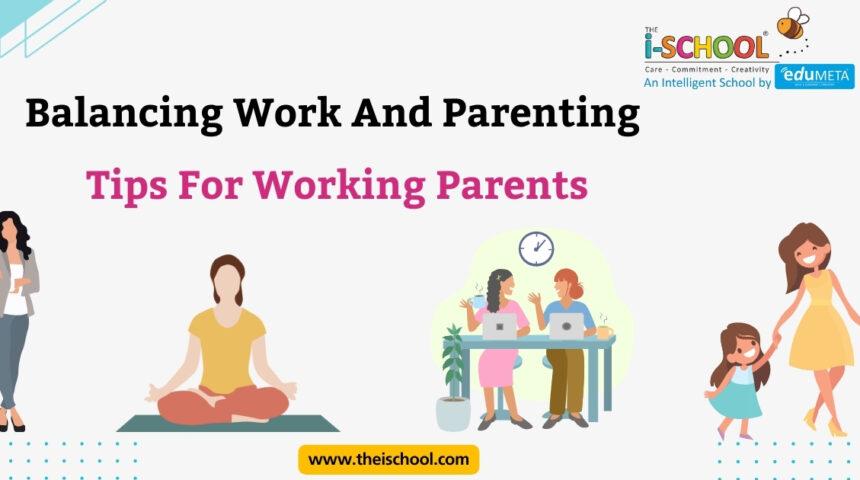
Being a parent is a full-time job in itself, but what happens when you have to juggle parenthood with your career? It can feel overwhelming at times, but fear not! With a little planning and some helpful Tips For Working Parents , you can find the balance between work and parenting that works for you. 1. Prioritize Your Tasks When
Read more
